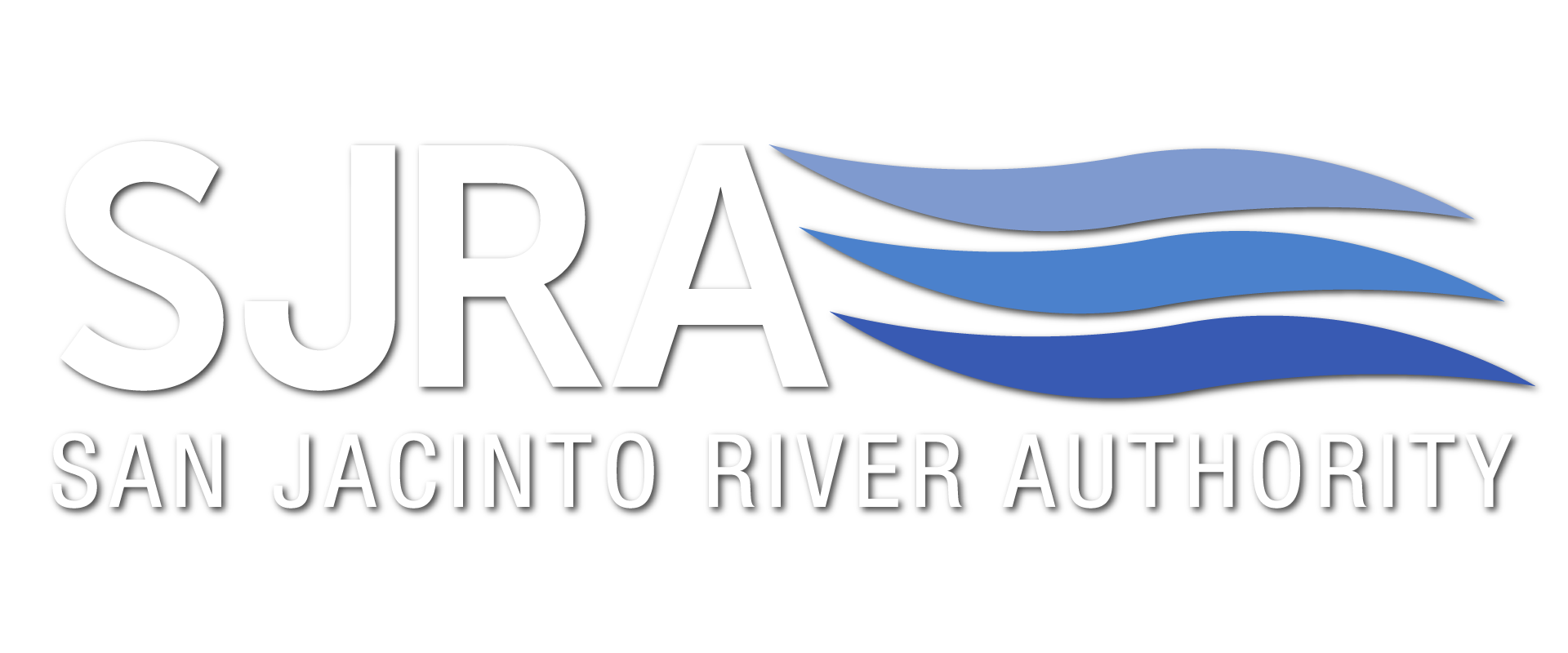What is FOG?
Fats, oils, and greases (FOG) includes animal fats, vegetable fats and oils used to cook and prepare food. FOG can be a solid, liquid or gelatinous type substance and can create a blockage in the sewer line if not disposed of properly. FOG comes from meat fats in food scraps, cooking oil, shortening, lard, butter and margarine, gravy, and food products such as mayonnaise, salad dressings, and sour cream.
Keeping Fats, Oils, and Grease out of the Sewer System
FOG poured down kitchen drains accumulates inside sewer pipes. As the FOG builds up, it restricts the flow in the pipe and can cause untreated wastewater to back up into homes and businesses, resulting in high costs for cleanup and restoration.
Manholes can overflow into parks, yards, streets, and storm drains, allowing FOG to contaminate local streams, ponds, and lakes. Exposure to untreated wastewater is a public-health hazard.
Restaurants, cafeterias, and fast-food establishments spend tens of thousands of dollars on plumbing emergencies each year to deal with grease blockages and to pump out grease traps and interceptors.
Communities spend billions of dollars every year unplugging or replacing grease-blocked pipes, repairing pump stations, and cleaning up costly and illegal wastewater spills. Excessive FOG in the sewer system can affect local wastewater rates.
So, keeping FOG out of the sewer system helps everyone in the community.

